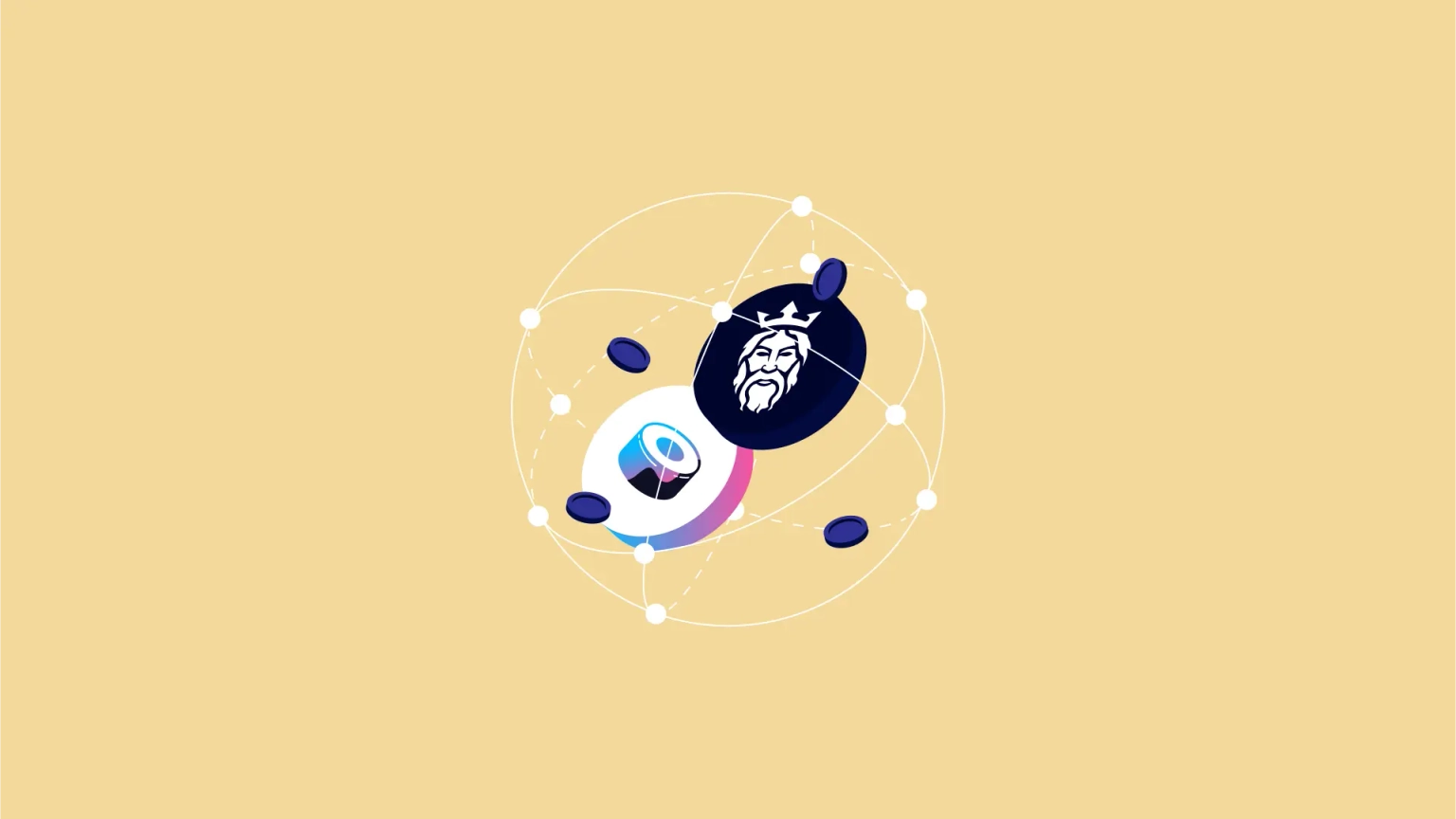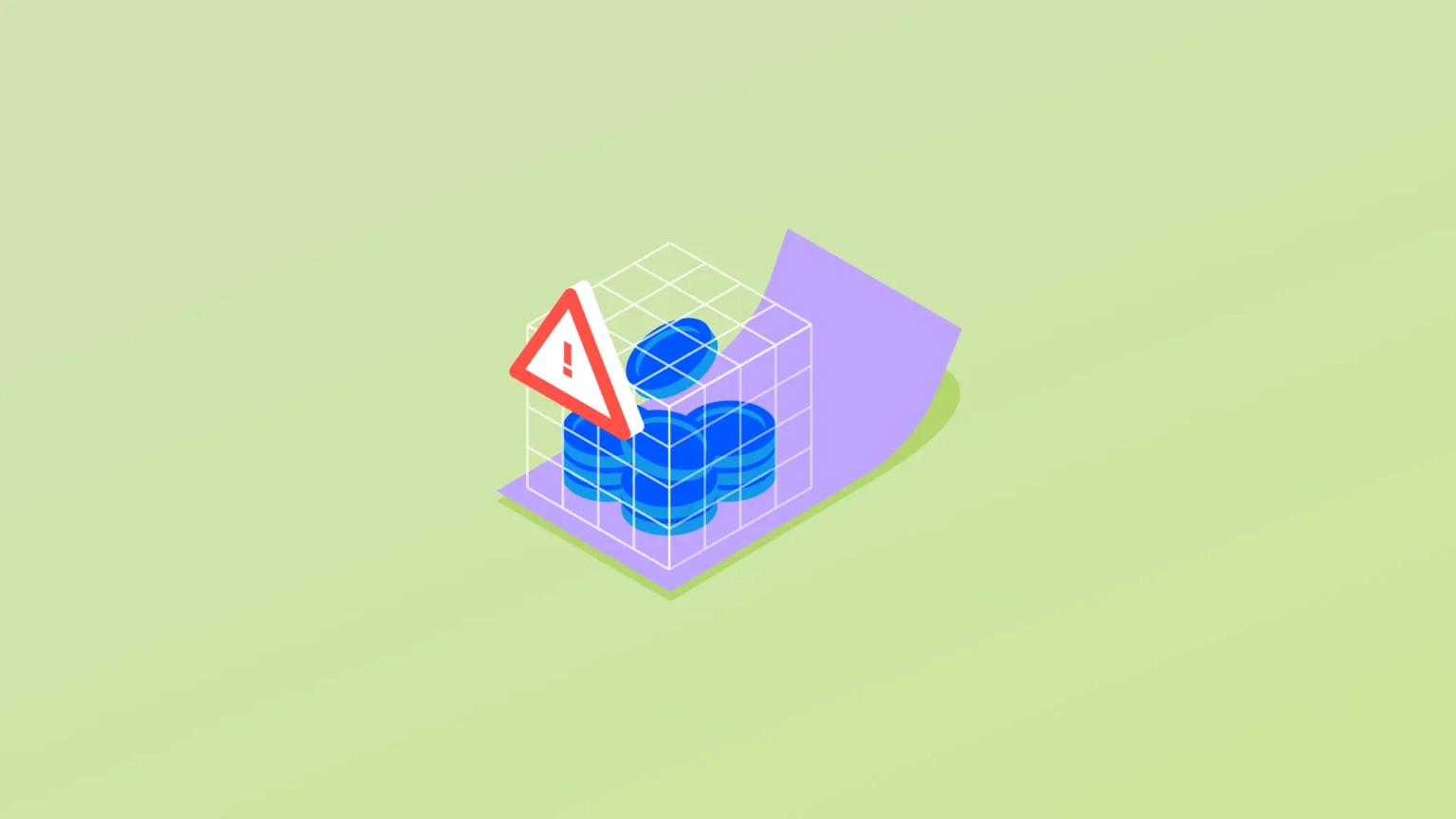
Collaboration between Neptune Mutual and SushiSwap
Explore Neptune Mutual's ongoing collaboration with SushiSwap offering several benefits.
Youtube Video
Playing the video that you've selected below in an iframe

Understand rug pull scams, their types, and ways to identify & avoid potential rug pulls.
The cryptocurrency industry has witnessed an unprecedented rise, transforming from a niche interest into a global financial phenomenon. This expansion has not only democratized investment opportunities but also introduced a new frontier in digital finance.
However, this great opportunity has given way to significant security risks. The crypto landscape is fraught with hazards that can lead to substantial financial losses for users. Among these dangers, hacks, scams, and the exploitation of vulnerabilities stand out as the primary culprits behind the loss of millions of dollars each year.
One particularly insidious scam tactic is the "rug pull," where unscrupulous project developers abscond with investors' funds, leaving behind worthless tokens. Rug pulls exploit the trust and enthusiasm of investors, often resulting in substantial financial damage and eroding confidence in the crypto market.
Through this blog, we aim to equip readers with the knowledge needed to identify and avoid rug pull projects. By understanding the signs of a potential rug pull and adopting a cautious investment approach, you can safeguard your funds and navigate the crypto space more securely.
Let’s first go on briefly about the nature of the notorious rug pull scams.
Simply put, a rug pull happens when the creators of a crypto project suddenly take off with investors' funds, leaving behind worthless tokens. This can happen in various ways, but the end result is always the same: investors are left holding the bag.
Rug pulls are a significant concern within the crypto community for several reasons. First, they undermine trust in the cryptocurrency ecosystem. New and existing investors become wary of investing in projects, fearing they might fall victim to such scams.
Second, rug pulls can lead to substantial financial losses for investors, often wiping out their hard-earned money in an instant.
Lastly, these scams tarnish the reputation of legitimate projects and developers working to advance blockchain technology and its applications.
Multiple cases of rug pull scams have been witnessed since the advent of crypto and DeFi technologies. Among them, there are some that stand out considering the amount that was scammed.
Thodex, established as a reputed cryptocurrency exchange, abruptly ceased operations. The founder fled, allegedly taking $2 billion of investors' funds with him. After a year of disappearing, the founder was caught and sentenced to over 11,000 years in prison.
Similarly, OneCoin, a cryptocurrency, was revealed to be a Ponzi scheme. It promised huge returns to investors, but there was no real blockchain technology behind it. The scam collected around $4 billion from investors before being shut down.
The Squid Game token capitalized on the popularity of the Netflix series "Squid Game." This cryptocurrency skyrocketed before the developers withdrew all the funds from the liquidity pool, causing the token's value to plummet to nearly zero. Investors were unable to sell their holdings, resulting in significant losses.
You can check out our comprehensive hack database, which offers an extensive collection of information on several hacks and scams, allowing you to access detailed insights on each incident.
Understanding the different types of rug pulls can help investors identify red flags before they invest in a project. Here are the main types:
Liquidity stealing is the most direct form of a rug pull. In this scenario, developers set up a cryptocurrency project and encourage investors to buy their new token. These tokens are typically listed on decentralized exchanges (DEXs), where the project creators have to provide liquidity to enable trading. However, once a significant investment has been made, the creators withdraw all the liquidity from the pool, leaving the token with no value.
This more subtle form of rug pull involves the project developers creating a token with embedded functionalities that restrict investors from selling their tokens. While developers and insiders can sell their tokens freely, regular investors find themselves unable to do so after buying in. This allows the creators to pump the price of the token by restricting supply. Then, they sell their holdings at an inflated price and then remove the restrictions, causing the token's value to crash.
In this type of scam, the project's creators or insiders artificially inflate (pump) the price of a token through misleading statements, hype, and sometimes outright lies about the project's potential. Once the price has reached a peak, they sell (dump) their holdings altogether, causing the price to plunge. Investors who bought in at inflated prices are left with significant losses as the value of the token collapses.
Navigating the cryptocurrency landscape requires vigilance, especially when it comes to investing in new projects. However, these key indicators mentioned below can help you spot a potential rug pull before you invest.
Understand that it's impossible to offer a foolproof method for identifying and avoiding rug pulls based on certain criteria alone. It's wise to adhere to established best practices that have demonstrated their effectiveness spotting a rug pull scam project nonetheless.
Anyway, here are some of the ways to identify rug pulls:
The credibility and track record of the project team are crucial. There are concerns about a project that has unknown developers or developers who prefer to remain anonymous. Legitimate projects usually have a transparent team with verifiable identities and a history of involvement in the crypto space.
Liquidity lock refers to the practice of locking the liquidity provided to a decentralized exchange for a set period, preventing the developers from withdrawing it prematurely. A project without a significant portion of its liquidity locked, or with a very short lock period, might be planning a quick exit. Checking for liquidity lock details is a must.
Some projects implement restrictions that limit when or how much of a token investors can sell. While there might be legitimate reasons for some restrictions, they can also be used to prevent investors from selling off their tokens after a pump, right before the developers pull the rug. Be wary of tokens that have unusual selling restrictions.
Watch out for tokens that experience sudden, unexplained spikes in price or have a large portion of the total supply concentrated in a few wallets. These can be signs of manipulation, making the project ripe for a rug pull once the price is pumped sufficiently.
Projects offering returns that seem too good to be true likely are. High yields, especially those significantly above market rates, can be a tactic to attract quick investment before a rug pull. Assess the risk and look for sustainable business models behind the yields.
Reputable projects often undergo external smart contract audits to verify the security of their smart contracts and the integrity of the project. The absence of an audit or references to non-verifiable audits should be a concern. Legitimate projects will have their audit reports available for public viewing.
A project that lacks originality in its website design or whitepaper, resembling many other projects, might be a quick setup for a scam. Similarly, excessive hype on social media, especially if it focuses on quick profits rather than the project's fundamentals, can be a part of a pump-and-dump strategy.
Often, potential investors are enticed to buy tokens following endorsements by social media influencers, who may not realize the project is fraudulent or that its creators have nefarious objectives. The fear of missing out (FOMO) and the eagerness for rapid wealth can drive individuals to invest in these tokens without conducting due diligence or proceeding with the necessary caution.
The allure of high returns can often cloud judgments. It can lead investors into the trap of rug pulls. However, by adopting certain preventive measures and best practices, you can safeguard your investments and navigate the crypto space more securely.
The cornerstone of safe investment in cryptocurrency—or any investment, for that matter—is conducting thorough research and analysis. This means not just skimming through the project's website and whitepaper but also digging into the team's background, understanding the project's utility, and assessing its market potential. Look for red flags mentioned previously and verify all the claims made by the project.
Cryptocurrency projects often have vibrant communities on platforms like Reddit, Telegram, Discord, and Twitter. Participating in these communities can provide valuable insights into the project's credibility and potential. Engage with other community members, ask questions, and seek feedback from those who have already engaged with the platform. However, beware that overly positive sentiment from the community could be artificially generated as well.
"Don't put all your eggs in one basket" holds particularly true in the volatile cryptocurrency world. Spreading your investments across different assets can help mitigate risks. Gains in other investments can make up for losses from one investment that performs poorly or falls victim to a scam. Diversification also encourages investors to research and understand different projects, further enhancing their investment strategy.
While the promise of high yields can be tempting, it's essential to approach such opportunities with caution. Projects offering high returns that seem too good to be true often have malicious intent behind them. Assess the sustainability of the business model and how the project generates returns. Genuine projects will have a clear and plausible explanation for their yield mechanisms, while scams may rely on vague or convoluted explanations.
For those with the technical know-how, reviewing the project's smart contract code can reveal malicious intent or the potential for a rug pull.
Projects like Rug Doctor can be handy as well. It consists of a scanning tool that can review smart contracts of the associated projects and check if they consist of common rug pull techniques or any other red flags.
By incorporating these preventive measures and best practices into your investment strategy, you can significantly reduce the risk of falling victim to rug pulls and other scams in the cryptocurrency space. Remember, in the pursuit of high returns, vigilance and informed decision-making are your best strategies.
Neptune Mutual is a project dedicated to enhancing security against prevalent security issues in the DeFi space. Our core mission is to protect users' funds and digital assets from these risks, providing a safety net that allows participants to engage with DeFi products and services with confidence.
We offer a DeFi insurance protocol that empowers users to safeguard their assets from scams, exploits, security breaches, and other vulnerabilities. Our project is based on a parametric model, meaning there’s no need to submit proof of loss or conduct claim assessments. Instead, it relies on predefined parameters for payouts.
At the core of our project is a marketplace where projects can create their own cover pools on different networks, such as the Ethereum, Arbitrum, and BSC networks. Projects interested in offering insurance to their users can contact us to set up tailored insurance pools with specific parameters.
Crypto users seeking to safeguard their investments can buy coverage policies from the available pools in the marketplace. In addition, LPs can add liquidity to several cover pools on the marketplace to yield significant rewards.
For more information, updates, and offers from Neptune Mutual, visit our website, follow us on Twitter (X), and join our Discord community.